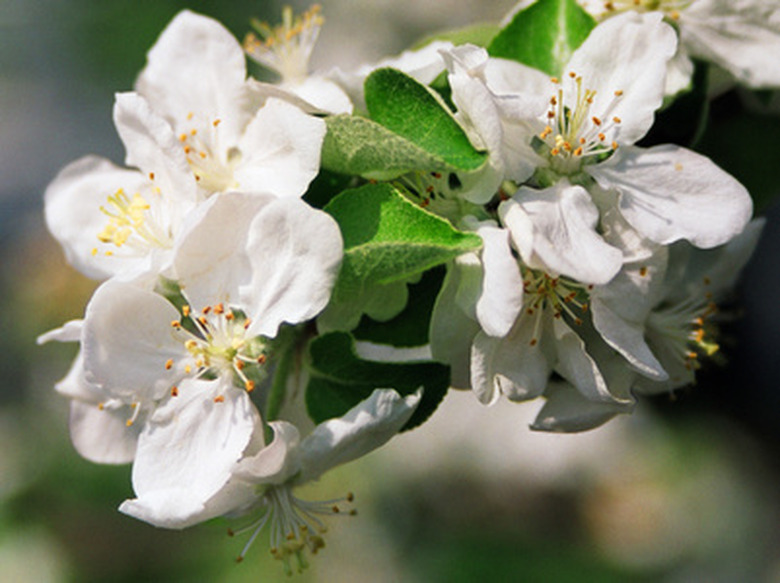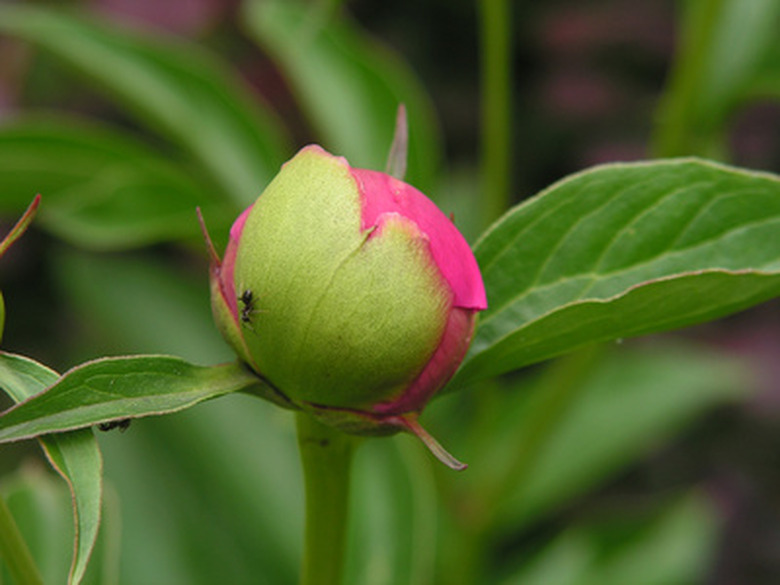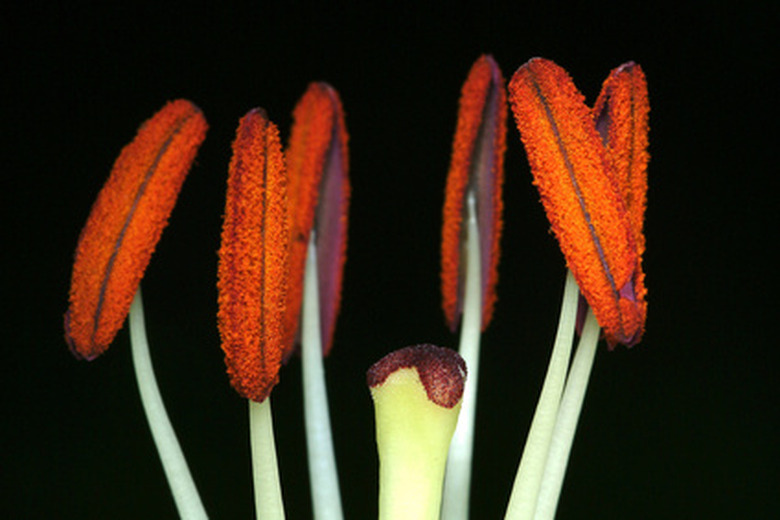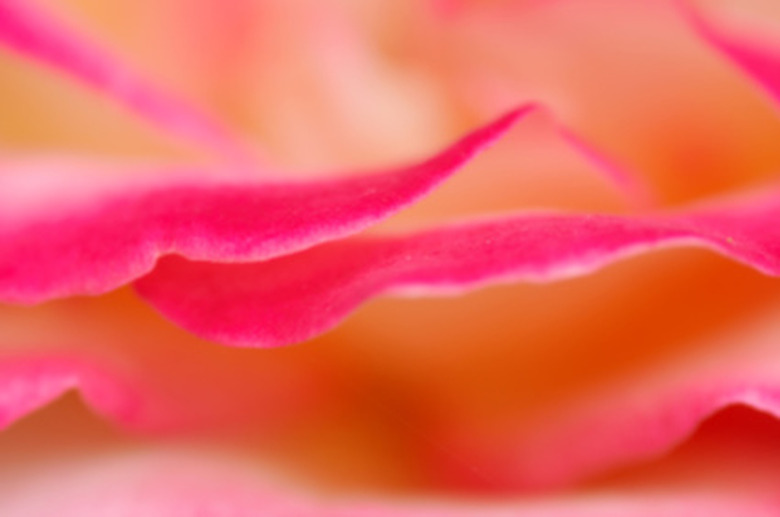External Parts Of A Flower
The external parts of a flower all play their own roles in helping the flower reproduce. Complete flowers have both male and female parts for reproducing, but incomplete flowers have only one part on their flowers, requiring a companion plant of the opposite sex to reproduce.
Pistils
The female part of the plant draws the pollen onto the stigma when pollination occurs. At the base of the stigma, inside the plant, lies the flower's ovary with the eggs for reproduction. The pollen travels down the stigma to the ovary to meet the eggs of the flower in the same way sperm meets an egg in an animal.
Sepals
The sepals look like leaves at the base of the flower and protect the young flower bud from harm as it grows. All sepals on a flower are called calyx.
- The external parts of a flower all play their own roles in helping the flower reproduce.
- The female part of the plant draws the pollen onto the stigma when pollination occurs.
Stamen
The stamen hold the anther, which creates pollen. A tall filament supports the anther so the pollen grabs onto the wind, an insect or animal to be carried to the stigma portion in the pistil of the flower for pollination.
Petals
Flowers sport bright petals often with a floral scent to encourage bees to come to the flower. When a bee lands on the flower to collect pollen, it helps pollinate the plant by transferring pollen from the anther in the stamen to the stigma in the pistil.
Sex Of A Flower
Snip off the flower, and take it to a well-lit location where it can be studied. Examine the flower for a stamen, which is the male reproductive organ. A stamen consists of a pollen-producing anther, which is oval-shaped and often coated in yellow or white pollen. Together, a filament and an anther make up a single stamen, which indicates a male flower. Tap the flower over white paper, and look for yellow or white pollen residue on the paper. Examine the flower for a pistil, which has three parts: stigma, style and ovary. Check the base of the flower where it connects to the stem. An obvious swelling in that area indicates a female flower.
- The stamen hold the anther, which creates pollen.
- When a bee lands on the flower to collect pollen, it helps pollinate the plant by transferring pollen from the anther in the stamen to the stigma in the pistil.
References
- University of Arizona: Flower Parts
- Oregon State University: Botany–Parts of a Flower
- MadSci Network: Are There Male and Female Flowers? If so, How Do You Tell the Difference?
- University of Illinois Extension: The Great Plant Escape — Flower Parts
- Enchanted Learning: Flower Anatomy
- Plant Physiology Information Website: Flower Structure




